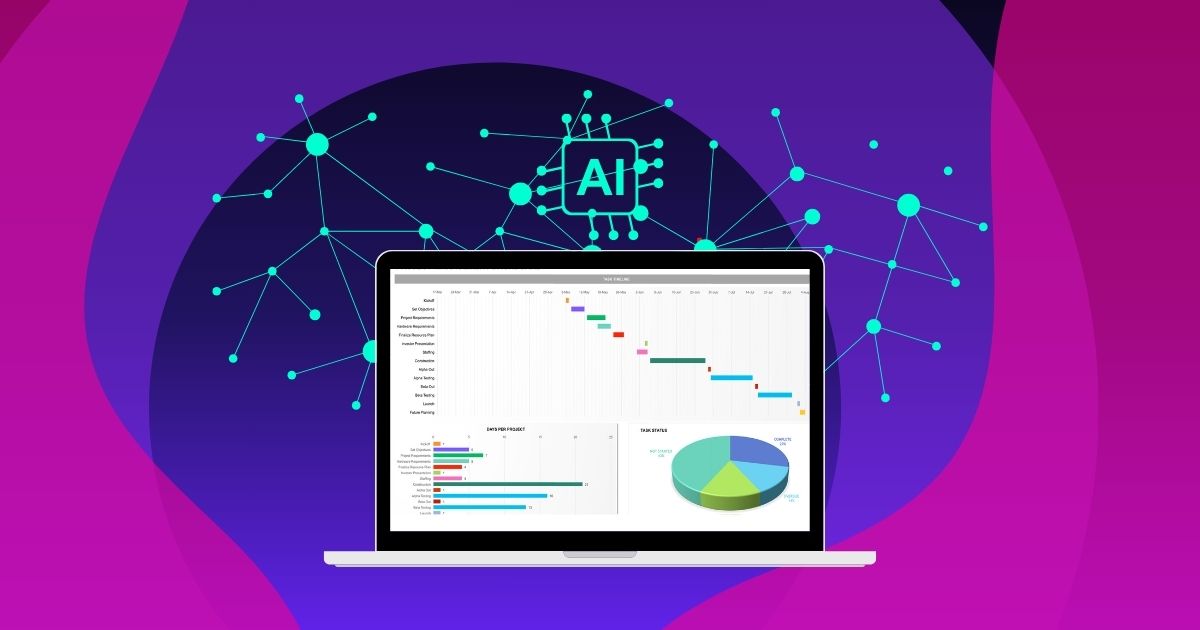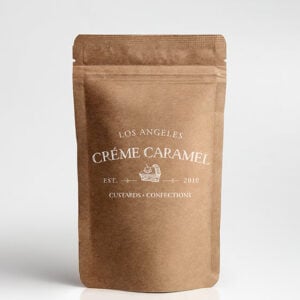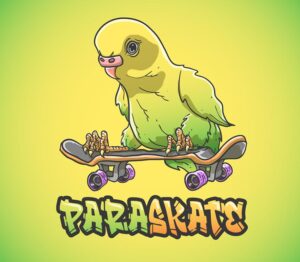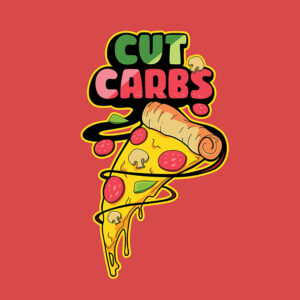
As businesses try to harness the power of artificial intelligence in operational efficiency, the term AI marketing strategy has become synonymous with competitive advantage.
In this article, we’ll dive deep into the basics of using AI to market your brand, including the core elements of an AI marketing strategy. We’ll also provide a step-by-step guide on integrating AI into your marketing plan and answer frequently asked questions about the topic.
Table of Contents
- What is an AI marketing strategy?
- Benefits of an AI Marketing Strategy
- Step-by-Step Guide on Integrating AI into Your Marketing Plan
- Frequently Asked Questions (FAQs)
- The Lowdown
What is an AI marketing strategy?
An AI marketing strategy involves leveraging AI technologies to optimize and improve marketing efforts.
Essentially, AI in digital marketing uses algorithms, machine learning, and predictive analytics to do tasks, such as:
- Gain deeper insights into consumer behavior
- Personalize marketing messages
- Streamline operations
- Increase the effectiveness of marketing campaigns
According to data from Grand View Research, the AI advertising and media segment dominates the global AI market, capturing 19.5% of global revenue in 2022. This prominence is reportedly due to the expanding use of AI in marketing, which is becoming increasingly popular.
Global Artificial Intelligence Market (Data Source – Grand View Research)
Other sectors dominating the market share alongside advertising and media are the BFSI (banking, financial services, and insurance) sector and the healthcare sector.
Benefits of an AI Marketing Strategy
Adopting an AI marketing strategy offers several compelling benefits that can significantly enhance a company’s marketing efforts and overall efficiency. Here are some key advantages of AI for marketers:
- Enhanced Personalization. AI enables businesses to deliver highly personalized marketing messages based on individual customer behaviors, preferences, and purchase history. This level of personalization, such as that employed in AI email marketing tools, increases customer engagement and satisfaction, leading to higher conversion rates.
- Optimized Marketing Spend. AI tools can optimize budget allocation across different channels and campaigns by continuously analyzing the performance of each and reallocating resources to maximize ROI. This helps reduce wasted spend and improves overall marketing efficiency.
- Efficiency and Automation. AI automates repetitive and time-consuming tasks such as data analysis, customer segmentation, and even content creation. This benefit is one of the top-rated advantages of AI in business, as stated by almost eight out of ten respondents in a survey cited by UVIK.
What are the top benefits of AI adoption? (Data Source – UVIK)
Step-by-Step Guide on Integrating AI into Your Marketing Plan
Here’s a practical step-by-step guide to help you seamlessly incorporate an AI marketing strategy into your marketing plan.
Step 1. Evaluate Your Marketing Needs and Goals
Start by identifying the areas within your marketing strategy that could benefit most from automation and intelligence enhancements. AI tools can help in marketing aspects such as:
- Customer segmentation
- Lead generation
- Content creation
Step 2. Select Appropriate AI Tools
Choose AI tools that align with your specific marketing needs. Here are a few types of AI tools for marketing based on different functional areas:
A. Data Analytics and Insights Tools
These can include AI tools for predictive lead scoring, which use machine learning to analyze historical data and predict future trends. Customer Data Platforms (CDPs) that integrate data to create customer profiles also fall under this.
Examples:
- OneModel
- Prophet
- Adobe Experience
B. Content Creation and Management
These are tools that assist in generating written content, from blog posts to ad copies, by leveraging natural language processing (NLP). These also include AI design tools that generate visuals and layouts.
Examples:
- Copy.ai
- Jasper AI
- Canva’s Magic Write
- Adobe Spark
C. Personalization Software
These tools analyze customer data to tailor marketing messages, product recommendations, and content. It also includes tools that automate the delivery of personalized messages.
Data cited by Marketing Charts revealed that 56.5% of chief marketing officers in the US who utlize AI use it for personalization and predictive analytics.
How US CMOs Are Using AI for Marketing (Data Source – The CMO Survey, Marketing Charts)
Examples:
- Dynamic Yield
- Optimizely
- HubSpot
D. Customer Engagement and Service
Chatbots and AI virtual assistants provide real-time customer support and lead generation through conversational interfaces.
Examples:
- Intercom
- Drift
Step 3. Integrate AI with Existing Systems
Integrate AI tools into your existing marketing technology stack. This might involve linking AI with your CRM software, social media platforms, or email marketing tools. Ensure that the integration allows for data sharing across systems to maximize AI’s potential.
Step 4. Launch Pilot Projects
Before rolling out AI across all your marketing campaigns, train your team and start with pilot projects. This could involve testing AI-driven content creation on a small scale or experimenting with AI for audience segmentation.
Step 5. Measure Performance and Scale Up
Use key performance indicators (KPIs) to measure the effectiveness of AI in your marketing campaigns. These KPIs may include:
- Engagement rates
- Conversion rates
- Return on Investment (ROI)
- Customer Acquisition Cost (CAC)
- Customer Lifetime Value (CLV)
- Click-Through Rate (CTR)
- Net Promoter Score (NPS)
Frequently Asked Questions (FAQs)
Here are a few frequently asked questions about implementing an AI marketing strategy.
How can AI help marketing strategy?
By analyzing vast amounts of data quickly, AI helps identify trends and customer preferences, which can be used to tailor marketing efforts more effectively. Additionally, AI-driven automation can streamline and optimize various marketing processes, leading to higher engagement and conversion rates.
What is an example of an AI marketing strategy?
An example of an AI marketing strategy is Cadbury Celebrations, which utilized generative AI to revolutionize the traditional birthday song by making it deeply personal and unique for each individual. Customers could input personal details on Cadbury’s website or scan a product package, which the AI then used to create a custom birthday song, transforming a generic tradition into a personalized experience.
The Lowdown
AI excels in handling large data sets, identifying patterns, and executing repetitive tasks swiftly, making it valuable in marketing tasks.
But remember: while AI in marketing opens up a world of possibilities, the human aspect is what imbues marketing strategies with the intuition, creativity, and empathy necessary to truly connect with customers.
Just like human designers in the world graphic design, human oversight in marketing ensures that tasks are not only efficient but also remains insightful and ethical.
About the author

Carla Deña
Carla is a journalist and content writer who produces stories for both digital and legacy media. She is passionate about creativity, innovation, and helping small businesses explore solutions that drive growth and social impact.



















